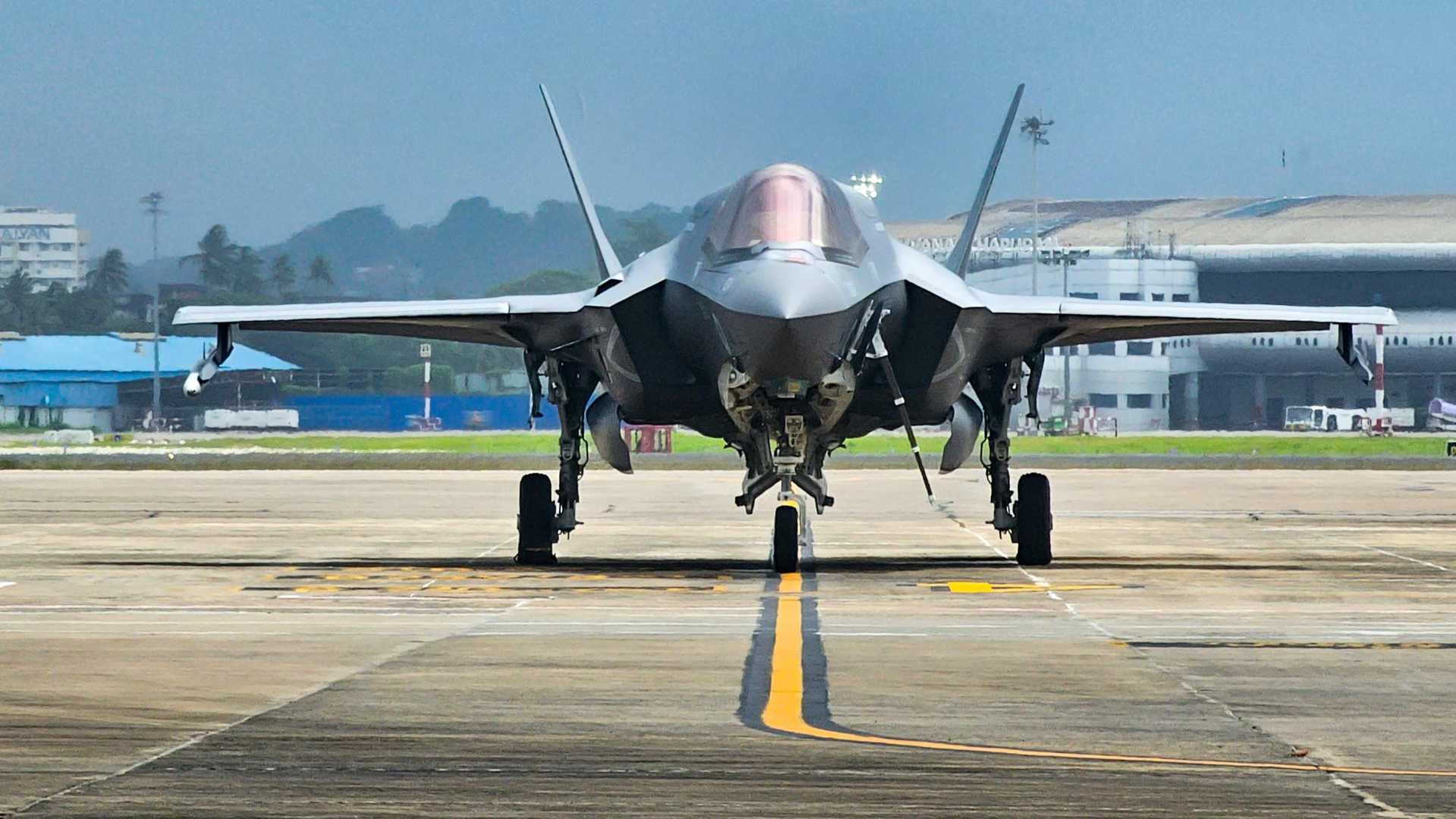Business
British F-35B Stuck in India Raises Questions and Concerns

Thiruvananthapuram, India – A British F-35B fighter jet has been stuck at Thiruvananthapuram airport for nearly three weeks after developing a technical issue. The aircraft landed on June 14 after bad weather forced it to divert from its mission in the Indian Ocean.
Since then, engineers from the Royal Navy‘s HMS Prince of Wales, the jet’s carrier, have assessed the F-35B but have been unable to make the necessary repairs. Recently, the British High Commission announced plans to transport the jet to a Maintenance Repair and Overhaul facility at the airport for additional repairs once UK engineering teams arrive with specialized equipment.
“The aircraft will return to active service once repairs and safety checks have been completed,” the commission stated. Ground teams are working closely with Indian authorities to ensure proper safety measures are maintained. Technicians from the UK are expected to arrive on Saturday.
The F-35B costs around $110 million and is currently under constant guard by six RAF officers. Dr. Sameer Patil, director at the Centre for Security, Strategy and Technology, noted that the Royal Navy faces two possible solutions: fixing the aircraft or transporting it using a large cargo plane, like a C-17 Globemaster.
The situation has sparked discussions in the UK Parliament. Opposition MP Ben Obese-Jecty questioned government efforts regarding the jet’s security and return to service. Armed forces minister Luke Pollard reassured that the jet is under close UK control and praised the support from Indian authorities.
Memes and social media posts have emerged, humorously suggesting that the jet may be sold online or must remain in India long enough to become a citizen. The Kerala tourism department even joined in, promoting the state as “the destination you’ll never want to leave.”
Dr. Patil pointed out that each day the jet remains stranded could negatively impact perceptions of the F-35B and the Royal Navy. He suggested that standard operating procedures should be in place for such incidents to avoid public relations issues. “If such a thing had happened in enemy territory, would they have taken this much time?” he asked.












